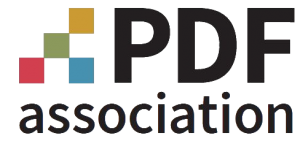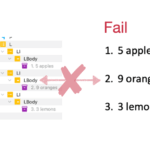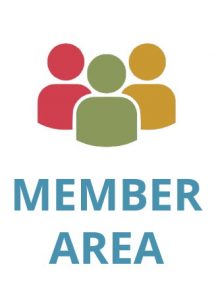New Application Note Illuminates PDF’s Flexible Options for Custom Metadata
October 16, 2025
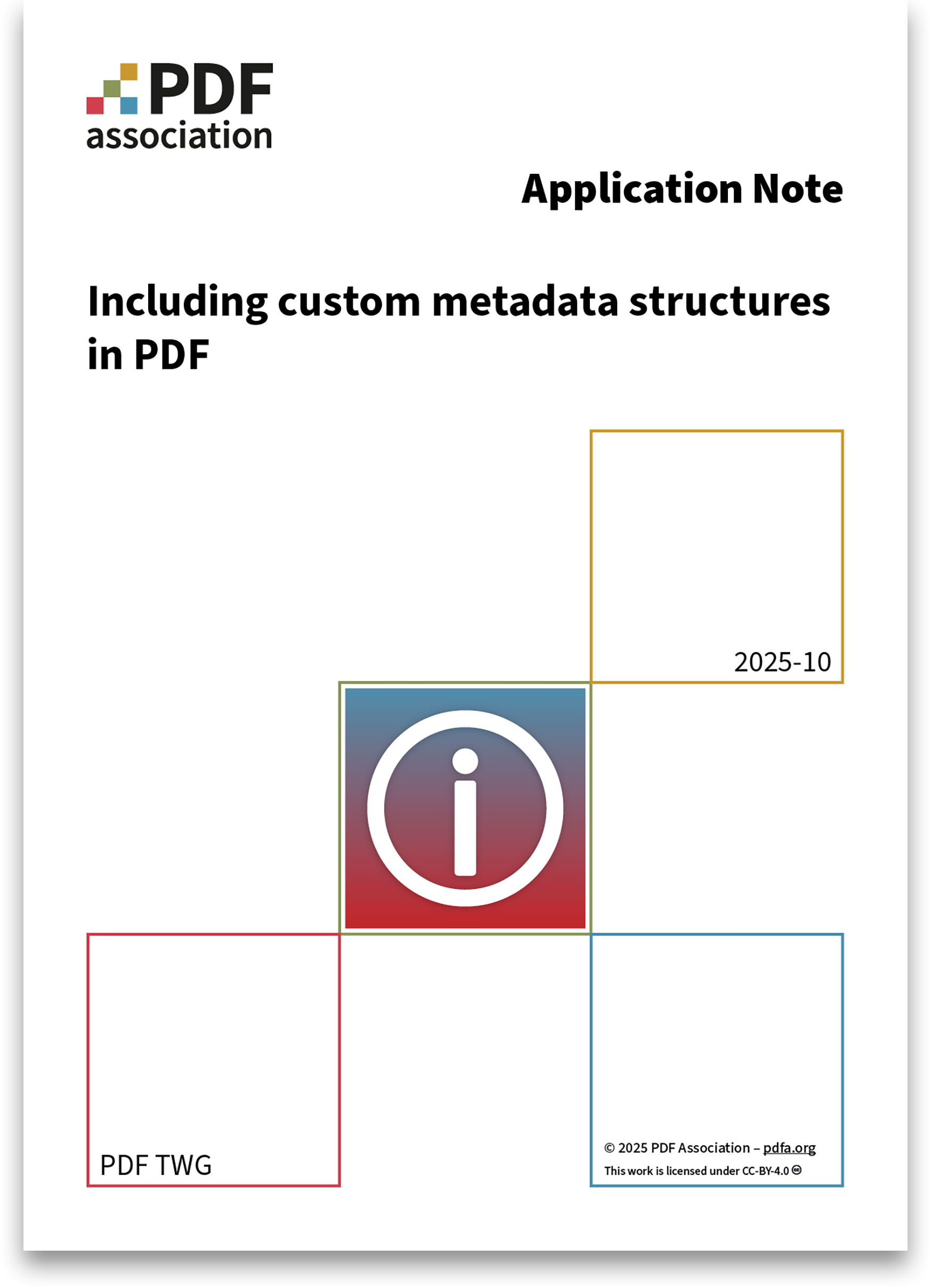
New Application Note Illuminates PDF’s Flexible Options for Custom Metadata

October 16, 2025
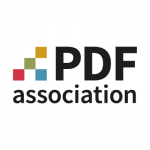
About PDF Association staff
The PDF Association is pleased to present a new Application Note: Including Custom Metadata Structures in PDF. This document fills a key gap for organizations seeking to leverage metadata in business processes by articulating the available mechanisms for metadata in PDF files, facilitating robust, interoperable approaches to embedding and managing custom metadata in PDF files.
As organizations evolve their document workflows, they increasingly rely on rich metadata to drive automation, discovery, compliance, and interoperability. While PDF already supports metadata via XMP, many use cases call for custom metadata structures—beyond what’s in the standard schemas. Yet, without consistent approaches, custom metadata can become opaque, unlinked, or even break downstream processing.
The Application Note highlights several key mechanisms for embedding custom metadata manifests directly within PDF documents, thereby eliminating the need for "sidecar files" or cumbersome ZIP archives. These methods are designed to enhance interoperability and efficiency for third parties, ensuring that valuable metadata travels seamlessly with the PDF.
This Application Note provides guidance on:
- Designing custom metadata schemas that harmonize with PDF’s existing metadata mechanisms for a clear architectural model for custom metadata within PDF
- Embedding custom structures in a way that remains interoperable with standard tools
- Best practices for versioning, extensibility, and backward compatibility
- Recommended strategies for exposing metadata to consumer applications, indexing systems, and accessibility tools
The Application Note is available on the PDF Association website, alongside our library of guidance documents and technical resources on metadata, accessibility, and PDF architecture.
Building on this application note and by understanding the tradeoffs of each metadata approach, we envisage that third parties will select and document the most appropriate metadata mechanisms for their stakeholders.
We encourage third parties to review it and contribute feedback or implementation notes to further refine their approaches.
